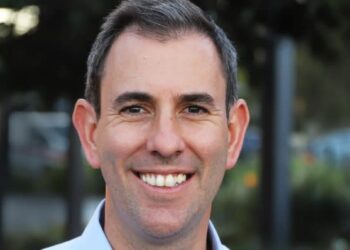Speaking to SMSF Adviser, Miller Super Solutions founder Tim Miller said in light of the ATO’s comments around some of their concerns with reserves, there has been a lot interest in how to remove or reduce reserves in an SMSF without causing problems for the fund.
There remains some misunderstanding with regards to how reserves and reserve allocations operate, particularly as a lot of them were set up for situations 15 or 20 years ago where you could only make allocations from reserves in very specific circumstances, Mr Miller explained.
“People get caught up in thinking they can’t allocate money from a reserve to a pension account, or to somebody who’s not working who’s over 65 because of the contribution rules,” he said.
“There’s also a misunderstanding between allocating investment reserves or pension reserves versus the allocation of what [is technically] a contribution holding account which is called a reserve but is not a reserve by its true nature.”
Mr Miller said a lot of the defined benefit pensions were set up in 2001 or 2002 which means a lot of them will soon be coming to an end, and the trustees are therefore trying to reduce their reserves.
Getting rid of reserves can be particularly difficult, he said, where it’s a particularly large amount.
“For people that set them up for social security or Centrelink purposes, those reserves are often in the scope of between $20,000 and $200,000,” he said.
With the concessional contribution caps now at $25,000, it can be difficult to get rid of the reserve quickly, he said.
While members can allocate as much as they want, amounts above the $25,000 are assessed against their personal tax as an excess contribution, and taxed at that marginal rate, which may not be desirable.
“So if they don’t have any other income, then they can allocate above that amount and essentially pay near enough to 15 per cent on the excess contribution, which for some people isn’t a big deal, but others want to try and reduce all traces of taxation and so therefore they’ve got to do that in accordance with the caps,” he said.


